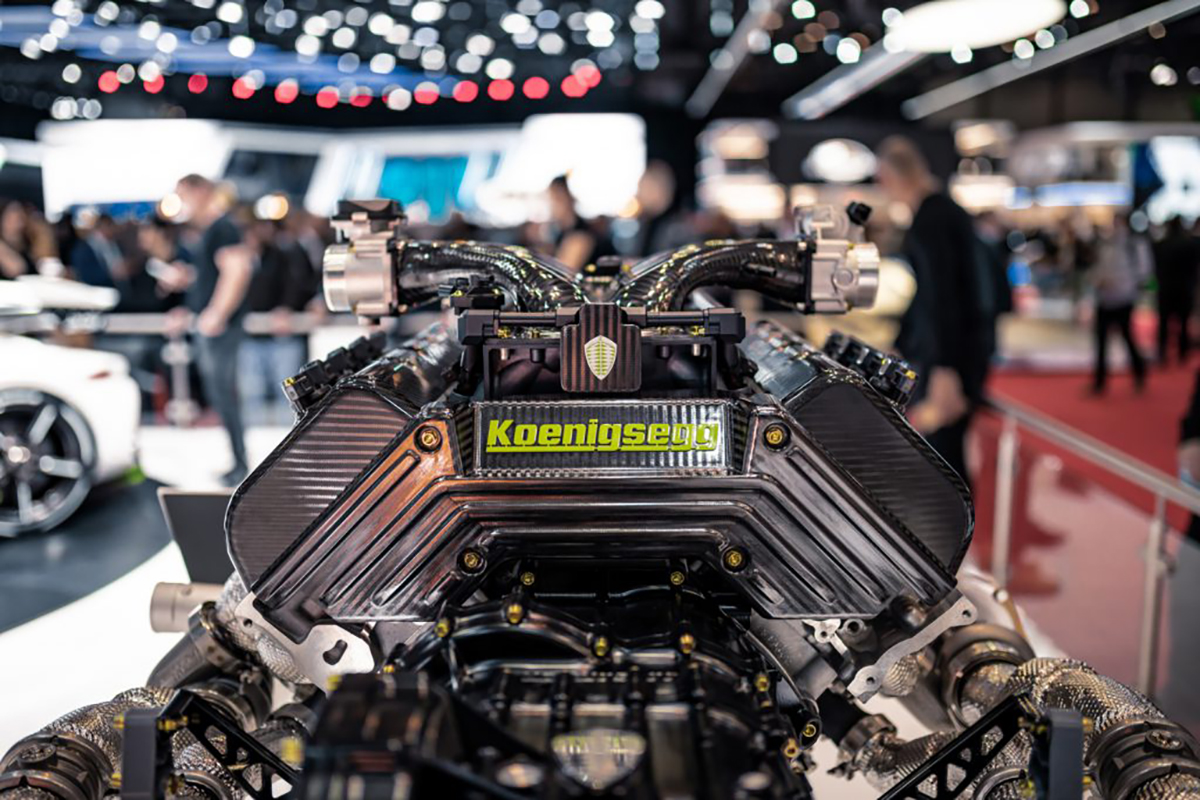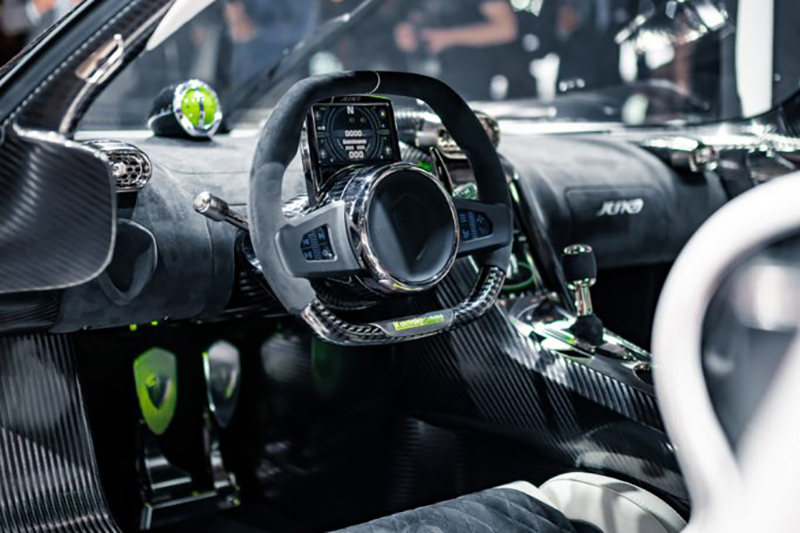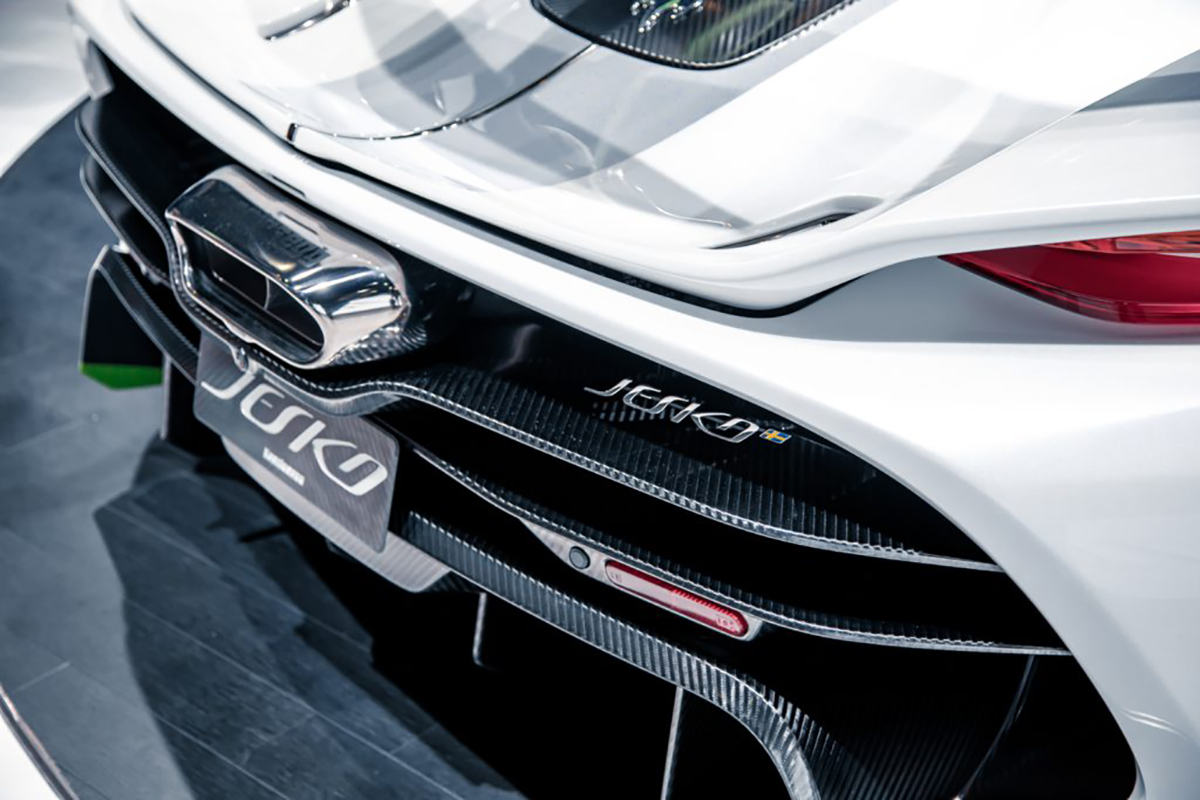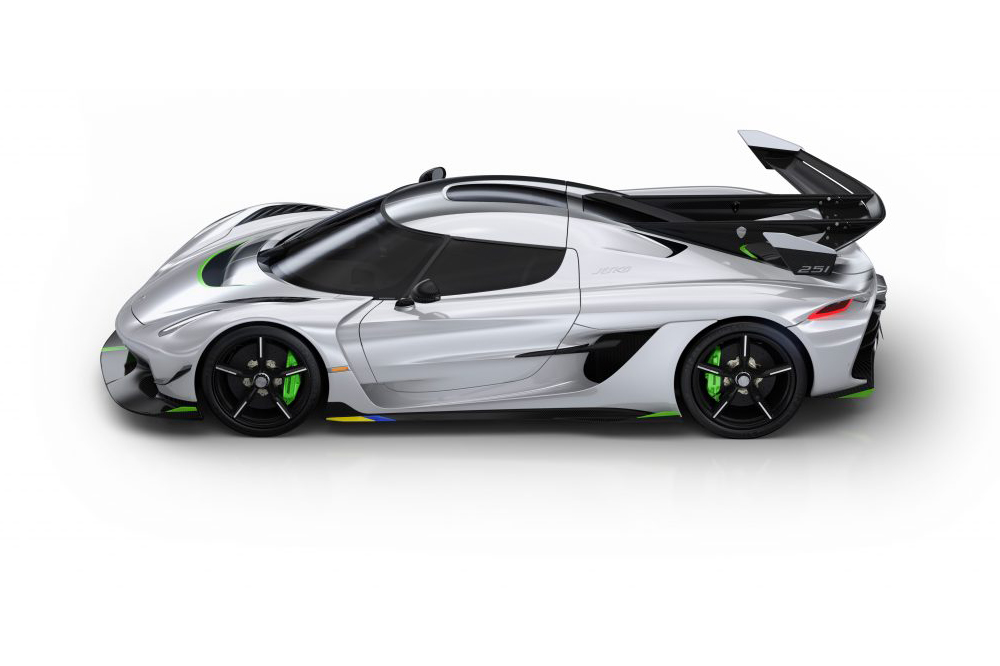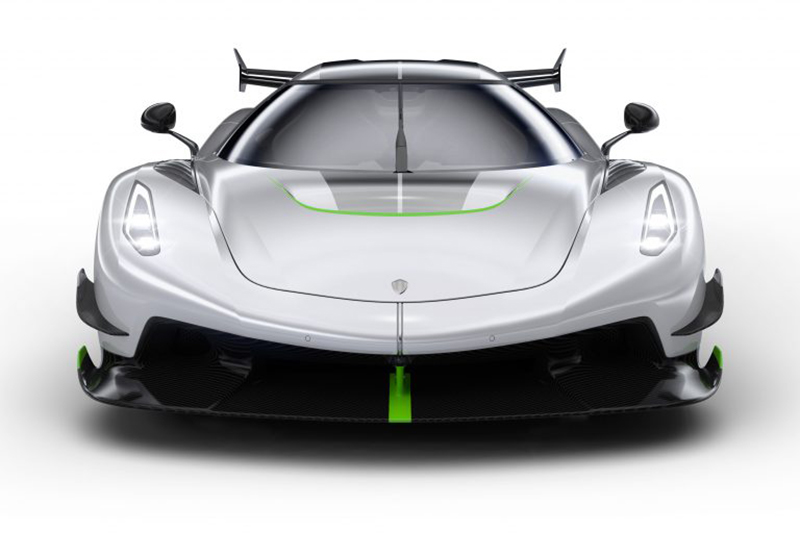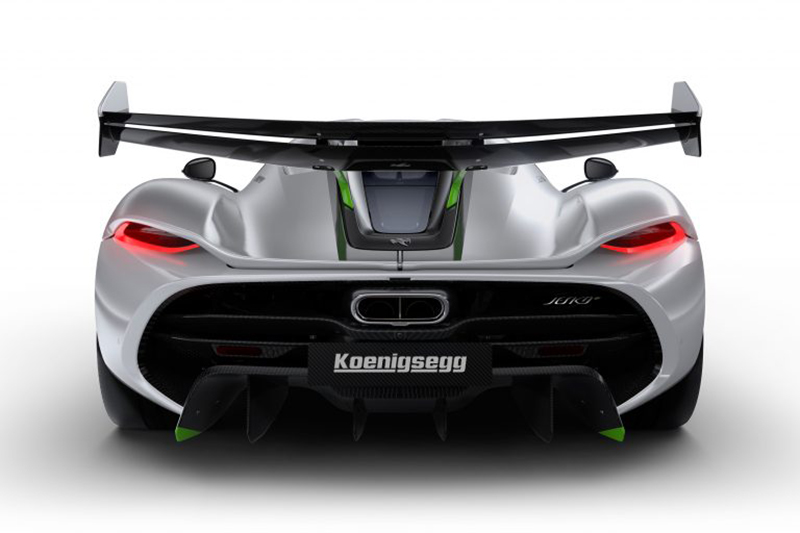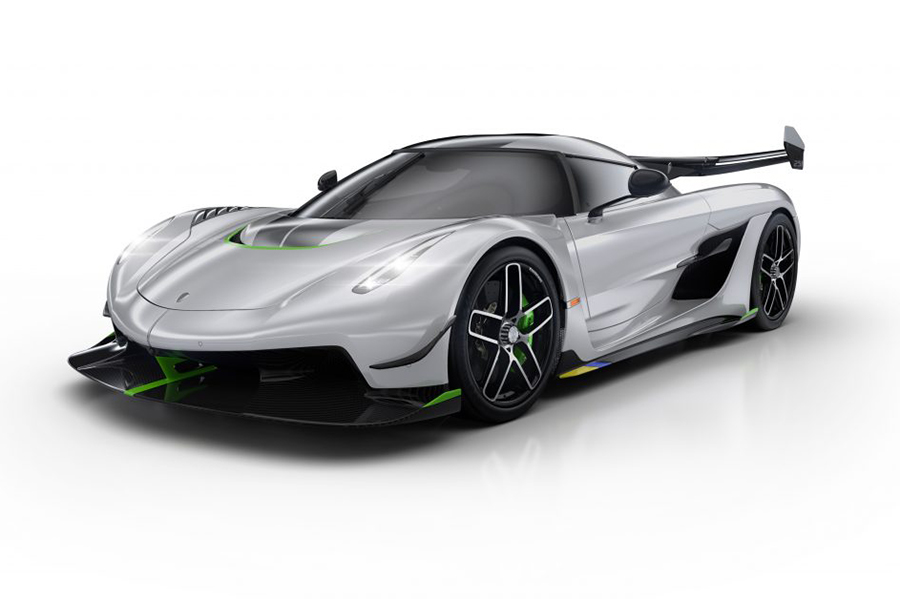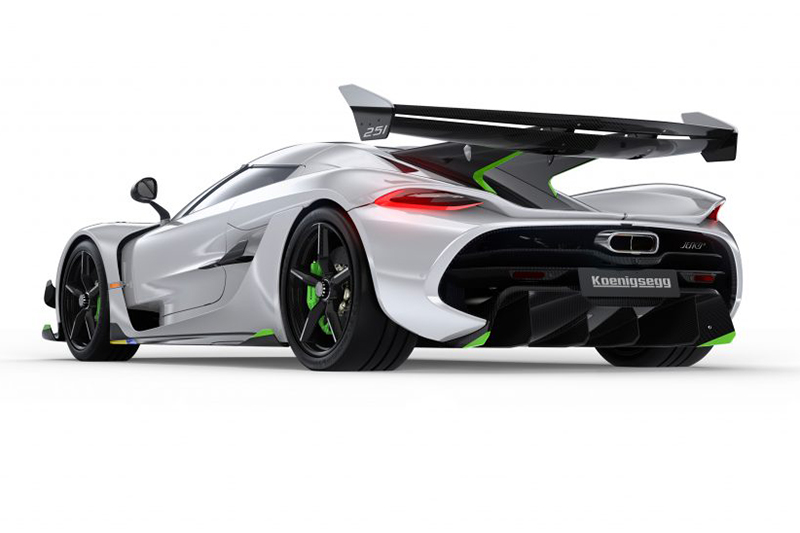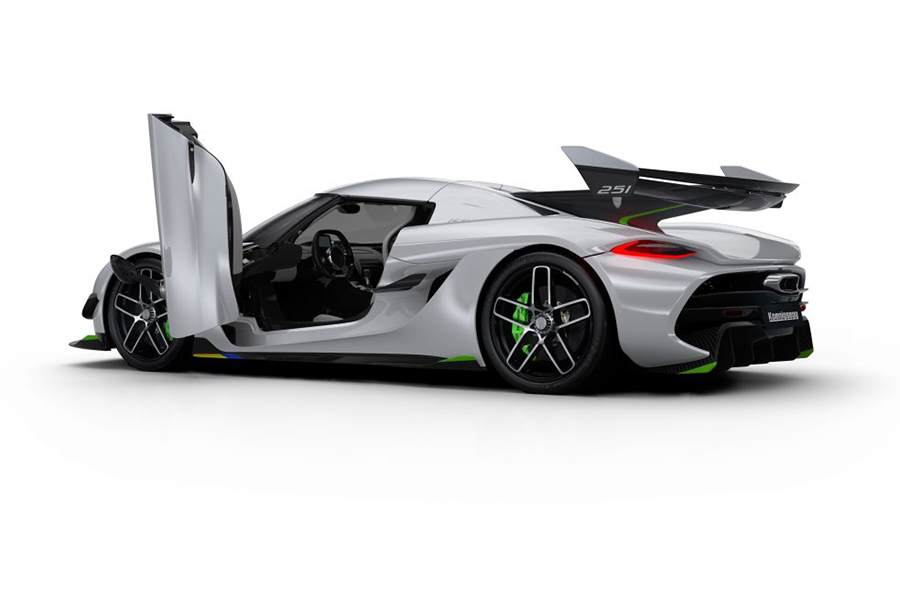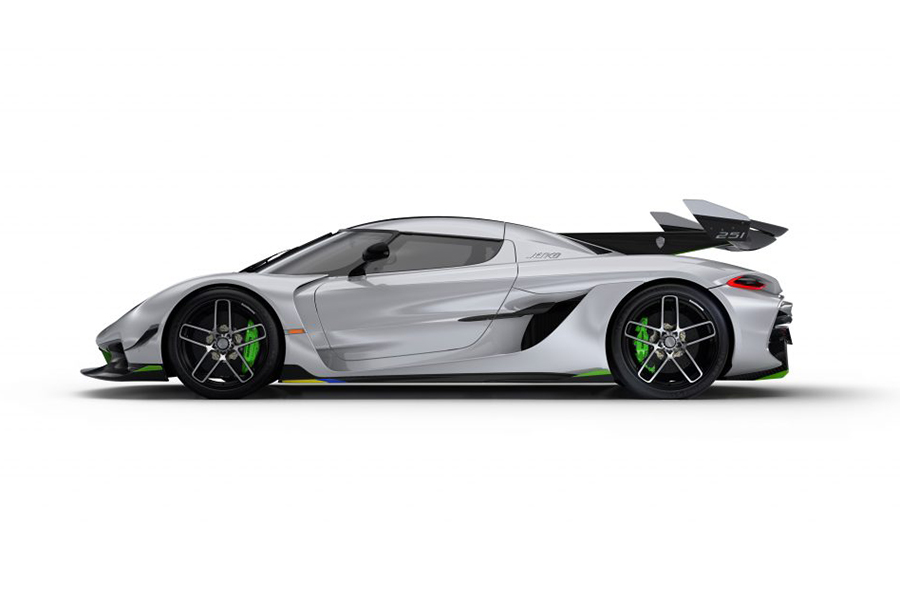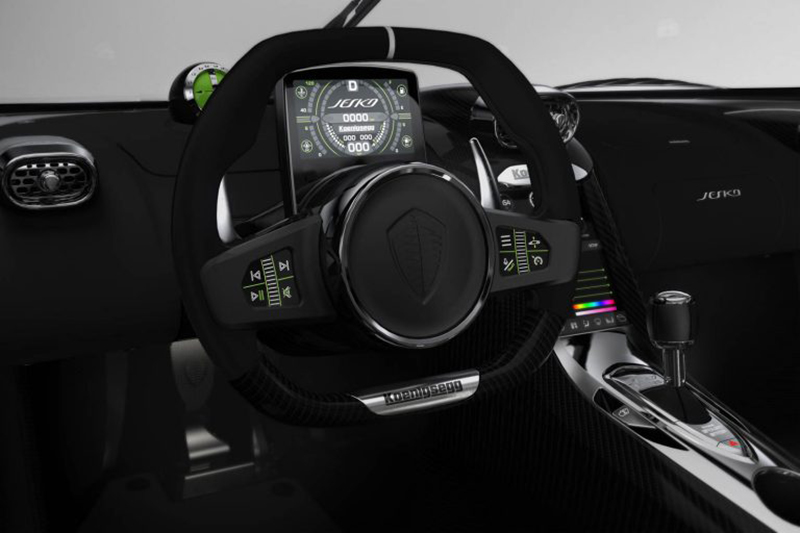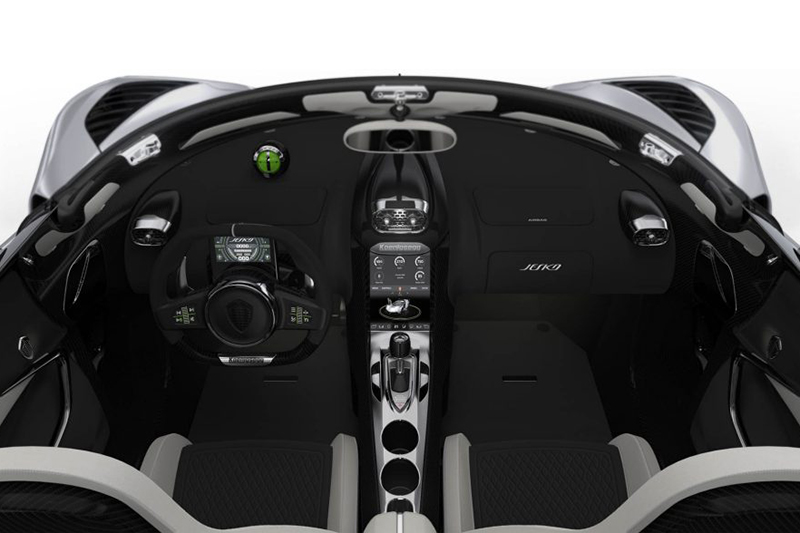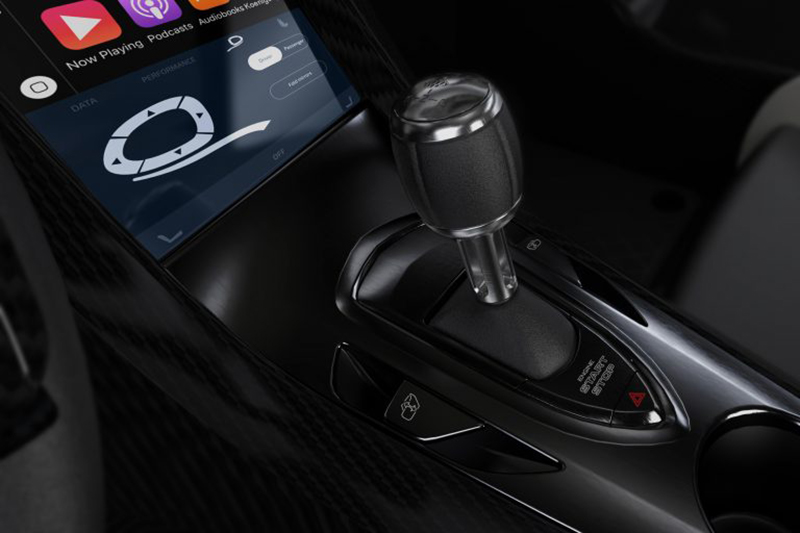Christian von Koenigsegg is a man on a mission. The hypercar kingmaker has built a reputation, brand, and legacy that rivals any of his Italian counterparts. His mission is of singular focus: to build the quickest and fastest hypercars on the planet and do so that makes the public at large take a step back and say, “Whoa, what is that?” At the 2019 Geneva International Motor Show, that mission was on full display with what Koenigsegg says will soon become the fastest hypercar ever. Let me introduce the Jesko.

Dubbed Jesko after Christian’s father, who aided in the nascent growth of Koenigsegg in the late 1990s, Koenigsegg wants this megacar to be the first to hit the eye-watering figure of 300 miles per hour. That’s not much of a boast considering the brand’s pedigree for achieving ludicrous speeds and daring to go faster than anyone’s ever gone in a car from the factory. The current tested top speed is 278 mph, a record currently held by the Koenigsegg Agera RS.
During the Jesko’s development, the project was dubbed “Ragnarok” after the Norse legend for the end of the world and its easy to see why. Powered by a 5.0-liter twin-turbocharged flat-plane crank V8 engine, Koenigsegg claims that with regular gasoline, the Jesko will produce over 1,280 horsepower. However, given its design and ability to use E85 bioethanol, that figure jumps to 1,600 horsepower.
As for the butt-clenching force that is torque, Koenigsegg says 1,106 pound-foot is transmitted to the ground via the rear wheels. But here’s where Christian and his team of engineer wizards had to get super creative. Because there’s no transmission available capable of dealing with the repeated abuse of all that power and torque, the company had to engineer one from scratch. The result is a nine-speed “Lights Speed Clutch” multi-clutch transmission that not only lets Koenigsegg put that power down, but also maintain functionality through the abuse customers want to put it through. What it also can do is allow the Jesko to hit that theoretical 300 mph mark.
Speed, however, means nothing without handling and stability and Koenigsegg has made both a priority. Custom Ohlins suspension components in conjunction with its own Triplex squat system gives the Jesko better than the previous Agera. As for the aerodynamics, there’s a Formula 1-inspired center fin that bleeds into an active rear spoiler capable of producing a total output of 1,000kgs of downforce. What this all means is that the Koenigsegg Jesko is going to be one serious piece of kit — but that seriousness will come at a cost.
At its unveiling, Koenigsegg said that the Jesko will set customers back $3 million before any custom touches or tax. That’s a lot of cheddar. As for how many the company will build, that’s pegged at just 125 total. So what we have is an uber rare, uber expensive, bleeding edge piece of hypercar tech. Maybe they should have kept the Ragnarok moniker?

